Type 1 diabetes or type 2 diabetes, which is more serious?
Hi, I am Dr. Senior. Let me tell you my point of view.
It is impossible to compare which is more serious, type 1 or type 2 diabetes, if the blood sugar is well controlled then neither is serious and neither will cause much harm. But if they are not well controlled, then they will bring great harm to the body. First, let's start with their definitions.
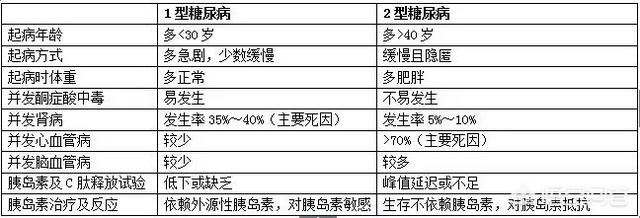
Definition of type 1 and type 2 diabetes
Type 1 diabetes is also called insulin-dependent diabetes. The main cause is because the patient's body does not produce enough insulin or is unable to do so. Insulin treatment is necessary to replace insulin secretion or to get satisfactory treatment results.
Type 2 diabetes is also called adult onset diabetes. The main problem is that the pancreatic islets in the patient's body are damaged but not completely lost, or that insulin does not function as well as it should. Therefore, medication is usually enough to promote insulin secretion in the body. However, some people need insulin as well because their pancreatic islets are severely damaged.
The etiology of the development of diabetes mellitus in both
Whether it's type 1 or type 2 diabetes, there is a genetic predisposition if diabetes runs in the family. Type 1 diabetes is caused by a defect in the immune system, which results in a failure to secrete insulin or a complete lack of insulin. Type 2 diabetes is related to the environment, obesity, high-calorie diets, low physical activity, and unhealthy lifestyles are some of the causes of type 2 diabetes.
Clinical manifestations of both diabetes mellitus
Type 1 diabetes is characterized by several features, sudden onset which means that it occurs suddenly and without warning, and occurs mainly in adolescence. It is characterized by constant thirst, desperate need for water, frequent trips to the bathroom, and a sudden increase in the amount of food eaten but a sharp drop in weight. Type 1 diabetes requires insulin for life after diagnosis.
Such early symptoms of type 2 diabetes are not obvious, only mild weakness or thirst. This also causes most people to miss the golden treatment period, and by the time it is detected, complications have already appeared. This type usually only needs to rely on medication to assist in treatment.

Treatment options for both diabetes
People with type 1 diabetes can only control their blood sugar, stabilize their diabetes and delay the onset of complications through insulin injections. However, frequent injections also tend to cause dead skin, and it is inconvenient to take injections when going out, so many people often forget or cancel insulin injections on their own. Meanwhile, oral hypoglycemic drugs are usually ineffective for such patients.
Type 2 diabetes can be treated with reasonable dietary control and appropriate oral hypoglycemic drugs. However, medicines are three times poisonous, and long-term medication is likely to cause excessive pressure on the kidneys, while the body will also develop drug resistance.
And insulin is mimicking the insulin secreted by the pancreatic islets in the human body, functioning as a substitute for insulin secretion in the body, which is relatively less harmful to the body. However, no matter what kind of treatment program, it is necessary to go to the hospital regularly and often to check and adjust the dosage in time.
Isn't type 1 diabetes worse when you can't live without insulin for the rest of your life?
The answer is no. In medicine, the method of treatment is not the criterion for determining the severity of the condition. The real criterion is whether the blood sugar is stable, whether the blood sugar level is high or low, and whether there are complications. Diabetes is not scary, it is painless, but scary because of its destructive nature, it makes the body's immunity decline, make blood vessels bad, make nerve lesions. What's scary is the complications it brings.

Diabetes is not scary, what's scary is that you don't control it well
As an example, I once had a patient. He was a type 1 diabetic, destined to live his entire life without insulin injections, and he had to take four injections every day, three short and one long. But he lived to be nearly 100 years old before he passed away, why? Because he strictly controlled his diet, took his medication on time every day, exercised properly, and maintained a good state of mind. On the day he passed away, he only had cataracts in his eyes due to diabetes, and no other complications bothered him. I also had another patient with type 2 diabetes, who was found to have diabetes in his 30s. At that time, I advised him to take medication and insulin, so that the pancreatic islets in his body can rest and recover slowly. At the same time, he was told to keep his mouth shut and his legs open. But he didn't believe, every day still should eat and drink, postprandial blood sugar has been soaring to nearly 20. and feel insulin trouble, open to believe in all kinds of prescriptions do not cooperate with the treatment. As a result, because the blood sugar control is extremely bad, but they feel no pain, no itch nothing, the result of complications came to the door. Retinopathy of the eyes, foot peripheral neuropathy plus skin disease caused by decreased resistance. By the time he remembered to be in control it was too late.

final words
Therefore, both type 1 diabetes and type 2 diabetes are actually similar in terms of harm and impact, no one is more serious or more terrible. From the treatment point of view, both need patients long-term persistence, adhere to self-adjustment, adhere to the cooperation with the doctor. Psychologically, type 2 is sometimes easier to ignore because it doesn't hurt, but this view is actually wrong. Compared to the raging of type 1, type 2 diabetes is deeper in the city, they belong to the warm water boiled frog, and taking medication is prone to drug resistance, so to often make you think you have won but give you a gentle blow. In terms of damage, good control is not a big deal, control is not good, then the complications will come to you in droves. In terms of checkups, they need to be checked regularly to adjust the treatment program. In terms of treatment satisfaction, my type 2 is more cunning than my type 1, with more factors to consider, and treatment is relatively more complicated.
But whether it's type 1 or type 2 diabetes, you have to face it, you have to pay attention to it, don't let it go. To maintain an optimistic mindset, actively cooperate with the doctor's treatment, maintain a positive attitude towards life, adhere to, in order to minimize the damage, and ultimately win the marathon victory!
I am senior doctor and have been practicing medicine for more than 10 years, I hope to help more people with my little experience. I hope my answer is helpful ......
(Pictures from the Internet, if there is any infringement, please contact me promptly)
Diabetes, a familiar disease and the third most common threat to people's health after cardiovascular and cerebrovascular diseases and tumors.Elevated blood sugar is not scary, it's the complications of diabetes that are scary(Serious complications such as ketoacidosis, macrovascular and microangiopathy, neuropathy, fundopathy, diabetic nephropathy, diabetic foot, etc. often occur.)
But many of us don't realize that diabetes is also divided into type 1 diabetes or type 2 diabetes, so what exactly is the difference between the two types of diabetes? Which one is more serious?
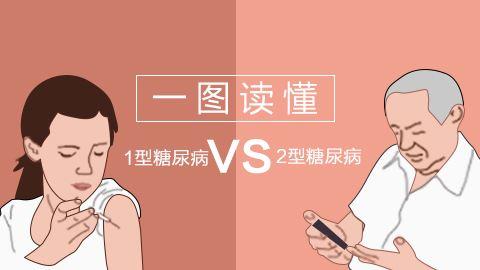
theirThe fundamental difference is that in type 1 diabetes, most of the pancreatic β-cells have been destroyed and can hardly secrete insulin; in type 2 diabetes, the β-cells are still partially functional and can still secrete a certain amount of insulin.See the table below for detailed differences:
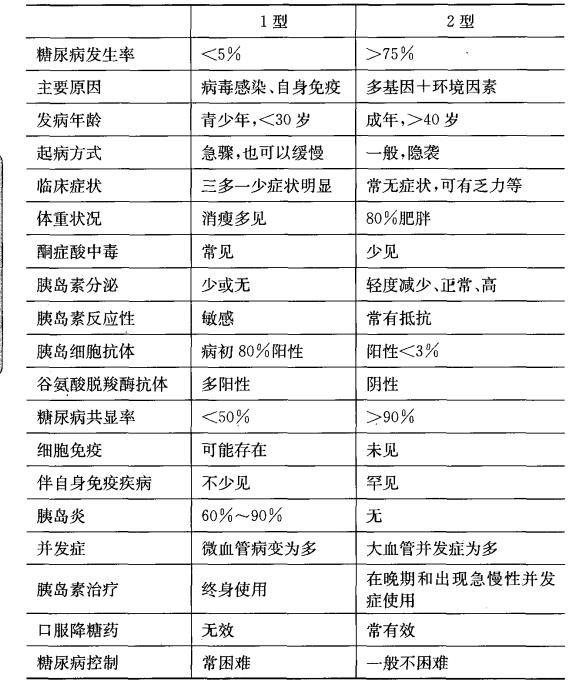
So does that mean that type 1 diabetes is more serious than type 2 diabetes?
Many patients, and even a very few doctors, think that type 2 diabetes is less serious than type 1 diabetes, so they are not active enough in treating type 2 diabetes, or even allow it to happen, thus causing serious consequences. Whether a disease is mild or severe should be viewed from two aspects, one is to see whether the disease is easy to control. A disease that is easy to control is relatively mild. The second is to look at how harmful the disease is to the human body. The more harmful the disease is, the more severe it can be considered. From the point of view of long-term effective control of blood glucose, whether type 1 diabetes or type 2 diabetes, is not an easy thing, all need patients, doctors to pay hard work. In treatment, both need to fight a protracted battle. From the point of view of the damage to the human body, type 1 diabetes from the onset to be more ferocious, must immediately get insulin treatment; and type 2 diabetes seems to come very gently, and even within a short period of time, even if the treatment does not cause life-threatening, but from the two types of diabetes on the human body's long-term damage to the point of view of the damage to the human body of type 1 diabetes, mainly high blood sugar, blood glucose control is good, the human body's damage is also significantly reduced. Type 2 diabetes, not only high blood sugar will cause damage to the human body, because the vast majority of patients have insulin resistance, insulin resistance itself can cause damage to the human body, so type 2 diabetes damage to the human body is more complex. It is just that the performance is more "hidden", more "cunning", more easy to let people paralyzed. So.Type 2 diabetes is not less severe than type 1 diabetes and is more complex to treat. Not only do you need to control blood sugar, but you also need to improve insulin resistance.
Follow the "Drug Counselor Army" headline, more health questions and answers easy to read!
In order to figure this out, we need to understand the following:
① What is diabetes and how is it typed?
② Difference between type 1 and type 2 diabetes?
(iii) What are the dangers of diabetes and what factors affect the prognosis of patients?
①What is diabetes mellitus and how is it typed? Diabetes mellitus is a metabolic disease characterized by hyperglycemia. It is diagnosed clinically by fasting and/or postprandial blood glucose levels and is classified under endocrinology. A variety of causes (etiologic factors) can lead to diabetes. Clinically, diabetes is categorized into different types based on the etiologic factors that lead to diabetes, and the two most common types are type 2 diabetes and type 1 diabetes.
②Difference between type 1 diabetes and type 2 diabetes? The organ in the human body responsible for regulating blood sugar levels is mainly the pancreatic islets, which can precisely regulate blood sugar by secreting insulin. We can imagine that the pancreatic islets are a big factory that produces insulin. If all the workers in the factory go on strike, there will be no supply of insulin at all, and the blood sugar level of the human body will be completely out of control at this time, and this kind of diabetes due to the absolute lack of insulin is type 1 diabetes. If a part of the factory workers are sick, then the amount of insulin produced by the factory will be relatively reduced, which may also lead to a decline in product quality, and at this time the human body's blood glucose level will not be well controlled, and this kind of diabetes caused by the relative lack of insulin is type 2 diabetes mellitus. In the clinical manifestations of type 1 and type 2 diabetes also have their own characteristics, usually the onset of type 1 diabetes at an earlier age, often in childhood onset; and type 2 diabetes onset later, often in middle age and later onset.
③ What are the dangers of diabetes and what factors affect the patient's prognosis? Back to the point, is type 1 or type 2 diabetes more harmful? In order to clarify this issue, we first need to understand what the harm of diabetes. The danger of diabetes is mainly due to long-term poor glycemic control, which has a serious adverse effect on the body's vital organs (heart, brain, kidney), leading to a high incidence of various cardiovascular and cerebrovascular events. Therefore, the treatment of diabetes mellitus, in addition to controlling blood glucose levels within the target range, is more important to minimize the occurrence of cardiovascular and cerebrovascular events. In addition to the patient's blood glucose level, concurrent comorbid cardiovascular risk factors are also important determinants of prognosis, including blood pressure and blood lipids. Therefore, patients with both type 1 and type 2 diabetes can greatly reduce the risk of poor prognosis by controlling their blood glucose levels and other cardiovascular risk factors.
The authoritative interpretation of Pharmaceutical Affairs, unauthorized reproduction, plagiarism will be punished.
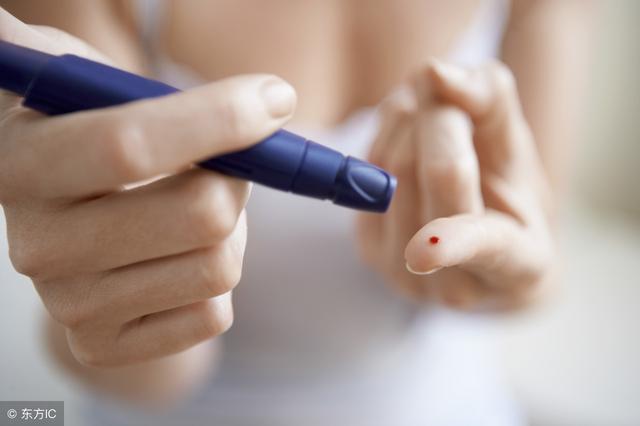
Compared with type 1 diabetes and type 2 diabetes, type 1 diabetes has a more rapid onset, younger age, and the absolute lack of insulin has a greater risk of ketoacidosis than type 2 diabetes, so type 1 diabetes is more serious. type 2 diabetes, although slower onset of type 1 diabetes, and the possibility of diabetic gouty acidosis is also less likely to occur, but once you suffer from type 2 diabetes, you should be actively treated, and in the short term, may not have serious complications, but long-term hyperglycemia will damage various systems, and will accelerate the occurrence of diabetic complications. Serious complications, but long-term high blood sugar will damage all systems, will accelerate the occurrence of diabetic complications, in the use of insulin to control blood glucose during the hypoglycemic reaction may occur, hypoglycemia is also a more serious disease of diabetes, to timely replenishment of sugar, it is more convenient is to eat sugar cubes, because sugar cubes in the sugar can be faster absorption of the lack of sugar in the body, can be quicker to elevate the blood glucose, correct the hypoglycemic reaction, can also be orally, can also be used as a supplement. Hypoglycemic reaction, you can also take a high concentration of glucose orally, can also be faster to raise blood sugar. Patients with diabetes, whether type 1 or type 2, should be alert to the occurrence of hypoglycemic reactions when using subcutaneous insulin to control blood glucose, and should always have sugar cubes available for emergencies, because a common complication of insulin use is hypoglycemic reactions, which are more seriously damaging to the body, and a single hypoglycemic reaction can cancel out the advantages of years of good blood glucose control.
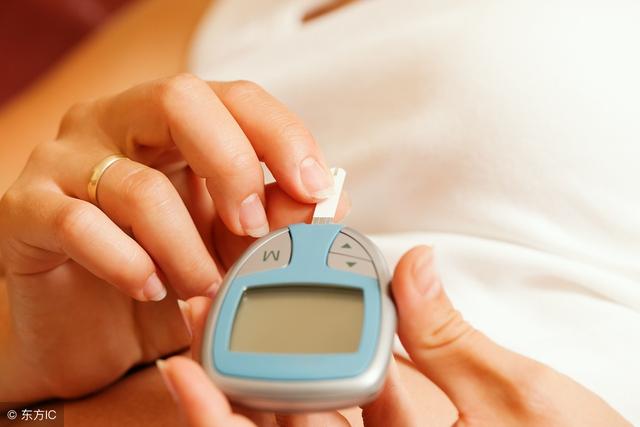
Diabetes is not scary, the scary thing is suffering from diabetes but can not face up to it, not active treatment. Although the current can not completely cure diabetes, but the blood sugar control in the normal range, is not affect your normal work and life, once suffering from diabetes, to set the right mindset, positive face and treatment, will be good blood sugar control, will not occur serious complications.
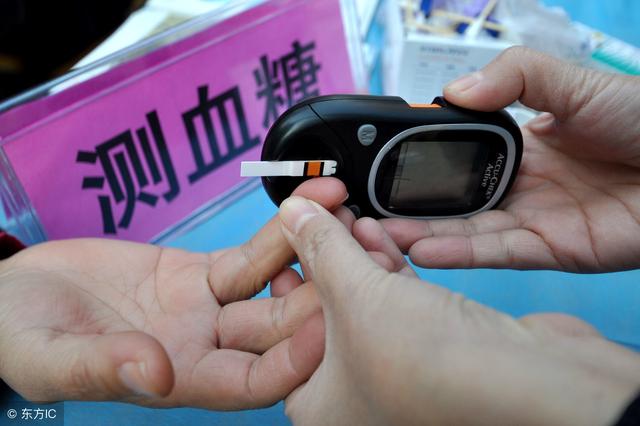
Type 1 diabetes and type 2 diabetes are more serious if not actively treated, so do not think that type 2 diabetes is lighter than type 1 diabetes, do not pay attention to, do not treat, feel no obvious symptoms of discomfort thought there is no need for treatment, this is not true, when you get to the serious complications of diabetes, there will be eyes to see, numbness of the limbs, cardiovascular plaque formation, serious Coronary heart disease, cerebral infarction, once encountered infection will be difficult to control, will be gangrenous, endocrinology department occurred diabetic foot is not a minority.
Respondent: Wenli Han, M.S., M.A.
Welcome to Life Calling for more useful health knowledge.
Type 1 diabetes and type 2 diabetes are the two main types of diabetes, and the type of diabetes we usually refer to mainly refers to these two, as the other two types such as gestational diabetes and other specialized types of diabetes are less common in clinical practice.
On the surface, type 1 diabetes has an early onset, mostly in children and adolescents, with an acute onset, mostly due to diabetic ketoacidosis, and requiring lifelong insulin therapy; while type 2 diabetes develops in middle-aged and older adults, and can be controlled by medication, and does not affect normal life.

Comparing these aspects, it seems that type 2 diabetes is a bit milder.
But that's not really the case.
It is true that the onset of type 1 diabetes, as mentioned above, also requires long-term treatment with insulin injections. However, because the onset of type 1 diabetes is relatively acute, it is necessary to go to the hospital for treatment, so that it can be diagnosed and treated as early as possible, and the early treatment is more standardized, and the blood glucose control is good. Therefore, the occurrence of complications is relatively late.
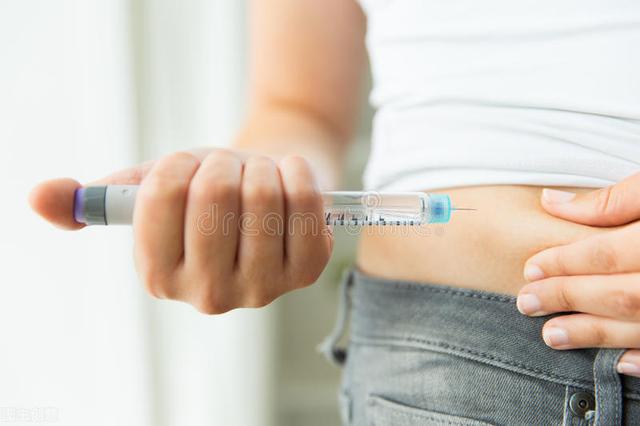
For type 2 diabetes mellitus, because the onset of symptoms is not obvious, usually 7-8 years after the onset of diagnosis, some patients may be diagnosed only after the emergence of complications. Because the onset of symptoms are not obvious, they do not recognize the importance of the disease and do not go to the hospital, thinking that it is better to delay, or just take some medication to lower the level of the disease, and are not willing to go to the hospital for a systematic examination and treatment, thus delaying the period of time when the disease may be reversed.
Type 2 diabetes may disappear after simple oral medication, some diabetic friends therefore do not go to the hospital to check, when feeling unwell, only to find a variety of complications, or complications have reached a very serious point, blindness, kidney failure or amputation of limbs of the risk.
So in terms of the long duration of diabetes, as a diabetes doctor, I think that type 2 diabetics are actually a little bit more severe.
Follow Dr. Sun on Sugar and keep learning more quality health knowledge. Welcome to leave a message, like, forward!
Type 1 diabetes or type 2 diabetes, which is more serious?
For this question, we need to know the characteristics of these two types of diabetes first to help us understand them better, as follows:
1. Type 1 diabetes mellitus: the age of onset is <30 years old; the onset of the disease is mostly acute; the patient's body weight is mostly normal or emaciated, and the symptoms of three more and one less are typical, and ketoacidosis is easy to occur; the patient mainly dies of concurrent nephropathy; the insulin secretion is absolutely insufficient;
2. Type 2 diabetes mellitus: the age of onset is more than 40 years old, the onset of the disease is slow and insidious, the patient is more than obese and three more and one less symptomatic atypical, it is not easy to complicate the ketoacidosis poisoning; the patient mainly died of cardiovascular disease, insulin is not lack of insulin, mainly is insulin resistance.
The above is a summary of the characteristics of type 1 and type 2 diabetes mellitus, in general does not emphasize who is more serious, but the author personally believes that the most serious should be type 1 diabetes mellitus, the specific reasons are analyzed as follows:
1. Type 1 diabetes mellitus is an absolute lack of insulin, and the application of exogenous insulin is prone to blood glucose fluctuations, a number of unforeseen circumstances, and relatively difficult to treat;
2. People with type 2 diabetes can live well as long as they take their medication on time and develop good habits.
The above is the author's answer to the question, if you think it's okay, just reward a like ......
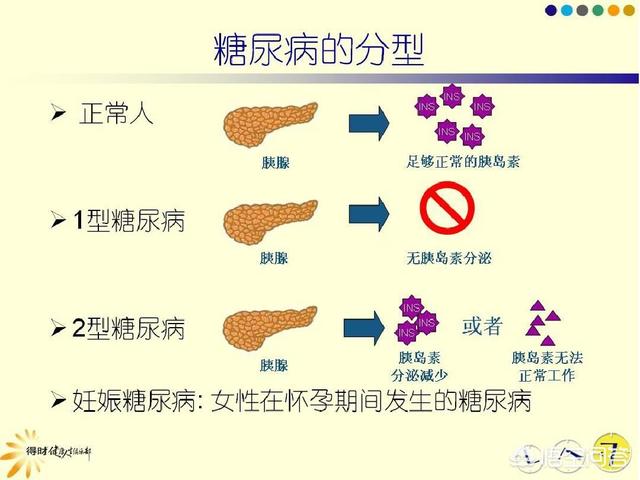
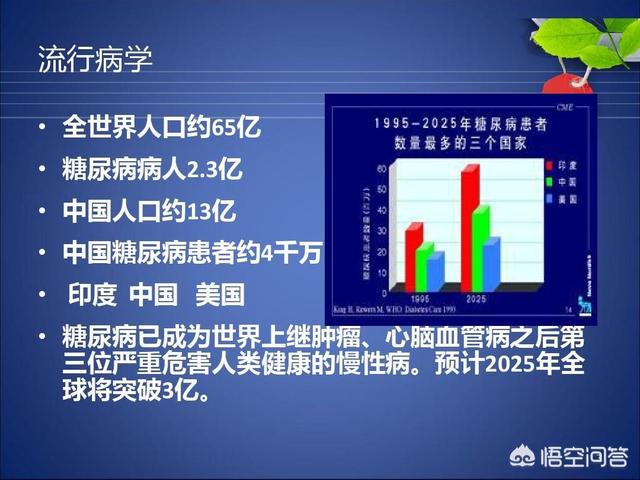
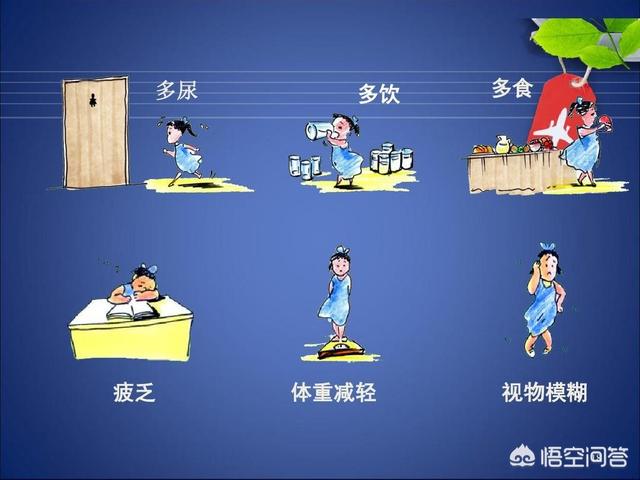
Type 1 diabetes is an absolute lack of pancreatic islet function, while type 2 diabetes is an impaired islet function, so pathologically, type 1 diabetes is irreversible and needs to be treated with insulin, while some patients with type 2 diabetes in the early stages of the disease in strict dietary control and oral hypoglycemic drugs or the application of insulin therapy, so that their own pancreatic islet function is fully recuperated, and can achieve clinical regression
Thanks for the invite, Sugar thinks that type 1 diabetes is a bit more serious overall.

Type 1 diabetes, also known as insulin-dependent diabetes mellitus, usually develops rapidly and at a young age. type 1 diabetics have a near loss of pancreatic islet function and are dependent on insulin therapy for the rest of their lives. If insulin is hastily stopped, acute complications such as ketoacidosis and hyperglycemic hyperosmolar state may occur, which may be life-threatening. It is due to the fact that most type 1 glucose patients are young at the time of onset of the disease, some are still studying, some are in their early 20s and still unmarried, and then need to fight with blood glucose for the rest of their lives, so the problems faced by type 1 glucose patients will be even more serious.
Type 2 diabetics, on the other hand, are divided into many kinds of cases, some are treated with oral hypoglycemic drugs, some are treated with hypoglycemic drugs combined with insulin, some are treated with insulin only, and a very small number of them do not need to resort to medication, but only rely on diet and exercise to keep their blood sugar under control. Most type 2 sugar users belong to the older and fatter group of people, and the number of type 2 sugar users is far more than that of type 1 sugar users, so initially people would think that diabetes is only for the elderly. Today, there are a very large number of products on the market for type 2 diabetes treatment, and there are also many organizations for type 2 diabetes treatment, compared to which type 1 sugar users are slightly lonely.
The last thing I want to say is that the world's sugar lovers are one family, whether it is type 1 or type 2, sugar control is our common purpose. If you have any experience or feelings, you may want to share them with us in the comments, and SugarManHealth.com will be with you all the way!
Poke a like if you agree with me!
Hello! Nutritionist thought that type 1 diabetes is going to be relatively serious. There are three reasons for this:
1. Age of onset
Type 1 diabetes occurs more often in children and type 2 diabetes occurs more often in adults. In terms of age of onset, type 1 diabetes lasts more than a decade longer than type 2 diabetes. In other words, before a person with type 2 diabetes has developed any lesions on the blood vessels, a person with type 1 diabetes has been damaging the blood vessels to a greater or lesser extent for more than 10 years.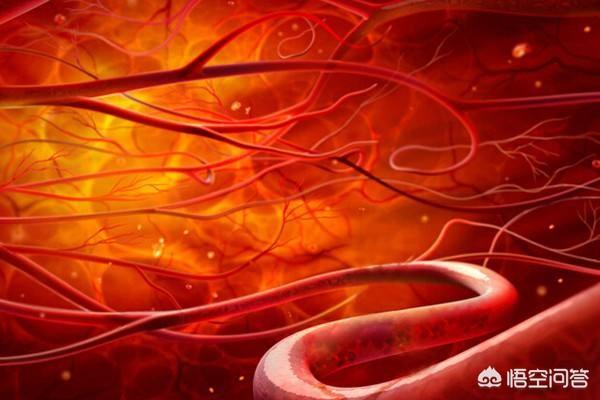
2. Controls
Type 1 diabetics, except for a honeymoon period of about a year, can control their blood sugar without insulin. The rest of the time, you can't go without insulin at every meal, and at the drop of a hat, you're going to have ketoacidosis.
Type 2 diabetes, to be honest, the health gentleman did see a lot of diet and exercise, to achieve the "naked" diabetic. Only advanced type 2 diabetics need long-term insulin injections. They occasionally have a binge, as long as it is not too much, generally do not occur acute complications. Of course, in the long run, overeating is definitely damaging to blood vessels.
3. Average life expectancy
Statistically, the average life expectancy of a person with type 1 diabetes is 60; the average life expectancy of a person with type 2 diabetes is 72 (data from the Internet).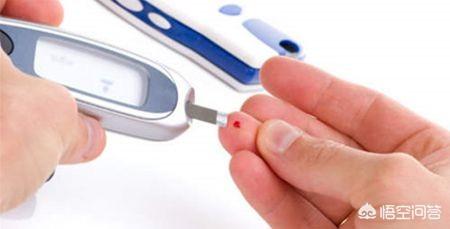
To summarize, Nutritionist thought that type 1 diabetes is relatively heavier than type 2 diabetes.
I hope the above suggestions can help you, get more information about diabetes, please pay attention to the health care fine-tuning!
It's not a matter of comparing the two types of diabetes and which one is more severe, but rather which one has a higher blood glucose level and which one is more dangerous in the absence of medication. The severity of type 1 diabetes is related to the degree of loss of islet function, and the severity of type 2 diabetes is related to the severity of insulin antagonism.
This question and answer are from the site users, does not represent the position of the site, such as infringement, please contact the administrator to delete.